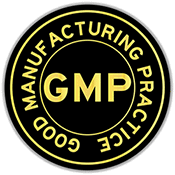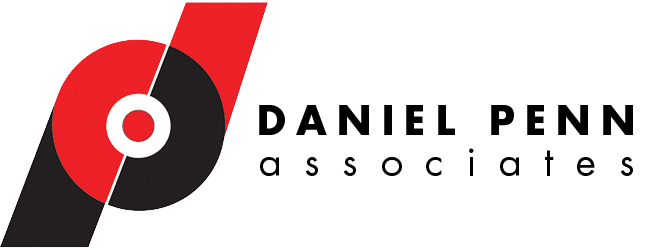
To meet today’s regulatory standards, manufacturers must take both a macro and micro view of how their organization manages risk. How it records, maintains, and analyzes data. Recruits and trains those who manage compliance processes. Maintains reliability and performance for critical production assets.
According to PharmTech senior editor Agnes Shanley, an increasing number of FDA warning letters do not point to operator error. They do flag the need for human-centered documentation and training practices.
In other words, it’s not only about maintaining the right documents for process integrity. It’s also about empowering preventive/predictive maintenance staff and encouraging their active involvement in problem solving and improvement.
How the FDA oversees process integrity for pharmaceutical manufacturers
When the FDA finds that a pharma manufacturing facility is out of compliance with any part of the required standards for GMP, the agency steps in and takes action. This action may range from coaching to help the firm come into compliance, to closing and condemning the facility, with many degrees of corrective measures in between. The FDA may issue a warning letter that describes the violation found during its audit and the steps needed to address the area of concern.
Set (or adjust) your facility’s compliance roadmap
Knowing the areas of concern and potential pitfalls with the FDA is the first step to ensuring compliance with GMP/cGMP standards. Having clear, concise procedures, with practices grounded in sound engineering and reliability rigors, is crucial to avoid problems with regulatory agencies. Documenting and demonstrating adherence to these rigors is just as important. Processes may be entirely different from one location to another, making the importance of good documentation and adherence to methods even more critical.
Know (and address) your weaknesses
Organizational assessments, both internal and external, are the next step on this path. Knowing where your facility is in relation to the guidelines is crucial to success. A tool that impartially critiques your organizational capability will help you examine your present position and the steps that may be needed for improvement and compliance with GMP regulations. Follow the assessment with a plan for action (and remediation, if needed). As a result, your facility can increase its readiness for future inspections.
Where to begin
Want to protect your facility from running afoul of the FDA? Start with an understanding of where you are in your maintenance management documentation and metrics. The assessment your company uses should not only give you a clear understanding of where your facility currently is, but also form the basis for an action plan to improve your competitive position.
Six elements of process definition and control
Asset Management ensures your physical assets (production and other) are correctly installed, supported and documented in a correct equipment hierarchy. This happens in the Computerized Maintenance Management System (CMMS) and on current and correct piping and instrumentation diagrams (P&ID’s). Asset management ensures that preventive and predictive activities are in place to preserve the capacity of those assets.
Process Control is the system of manufacturing instructions, recipes and safeguards that FDA-inspected production facilities use to produce medical products. Process control ensures consistency, accuracy, and purity for the product array.
Documentation Management is how your organization defines itself, its processes and the records that are kept to demonstrate adherence to production standards and maintenance requirements. This includes version control, a controlled repository and on-going training for standard operating procedures and the regulatory environment.
Work Management includes constant and deliberate examination of the sources and remedies for recurrent failures. It includes training on and use of non-destructive technologies, record-keeping for the regulatory authorities, metrics that measure effectiveness and efficiency and integration with all stakeholders in the facility.
Supply Chain Control ensures that maintenance, repair, and operations stores are kept in an appropriate environment at adequate levels to meet demand. It ensures that appropriate security measures are in place to protect the work in progress and finished products.
Organizational Development ensures that staff and management remain on the leading edge of learning, process optimization, and research and development.
Success stories
- How One Pharma Facility’s Assessment and FDA Compliance Efforts Succeeded
- Preventive and Predictive Maintenance for a Pharmaceutical Manufacturer
Need support to get or remain GMP/cGMP compliant?
When was the last time your facility did a deep dive into the six factors that will help you pass your next FDA inspection? An ounce of prevention at your facility – based on self-knowledge and organizational awareness – can help you assess and improve your GMP/cGMP compliance roadmap.
Daniel Penn Associates’ comprehensive assessment tool can help you proactively address issues that put you at risk of FDA action. We can also train and support your teams’ continuous improvement of your compliance efforts.


